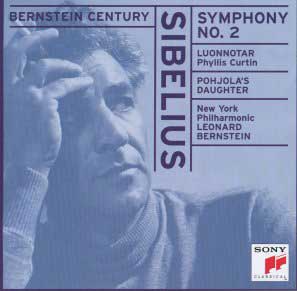 Composer: Richard Strauss
Composer: Richard Strauss
Works: Ein Heldenleben, Tod und Verklärung
Performers: Concertgebouw Orchestra, Willem Mengelberg (conductor)
Recording: Concertgebouw, 1941 (Ein Heldenleben) and 1942 (Tod und Verklärung)
Label: NAXOS HISTORICAL 8.110161
Richard Strauss, a pivotal figure in late Romantic music, often sought to blend the orchestral richness of the symphonic poem with deep emotional narratives. His works, particularly “Ein Heldenleben” and “Tod und Verklärung,” reflect a profound connection between personal experience and orchestral grandeur. This recording, featuring the Concertgebouw Orchestra under the baton of Willem Mengelberg, captures performances from the early 1940s, a time when the orchestra was at the height of its interpretative powers, particularly in Strauss’s repertoire.
Mengelberg’s interpretations are renowned for their dramatic weight and idiosyncratic liberties, often resulting in performances that feel both intensely personal and expansive. “Ein Heldenleben,” with its sweeping thematic development and character portrayals, receives from Mengelberg a reading that emphasizes the heroic orchestral gestures while simultaneously navigating the subtleties of Strauss’s orchestration. The lush string passages, particularly in the opening theme, are imbued with a warmth that is striking, allowing the listener to appreciate the nuanced dialogue between the various sections of the orchestra. The climactic moments, such as the rousing depiction of the hero’s triumph, are rendered with a fervor that showcases the orchestra’s virtuosity and Mengelberg’s penchant for dramatic pacing.
In “Tod und Verklärung,” the emotional arc of the piece is given a deeply introspective treatment. Mengelberg’s interpretation draws out the poignant contrasts between life and death, tension and resolution. The delicate interplay between the woodwinds and strings in the opening passage is handled with an exquisite attention to detail, capturing the fragile beauty of Strauss’s vision. The climactic moments, where the music surges towards its transcendence, are executed with a sense of inevitability that resonates powerfully. The orchestral balance is particularly commendable, with each section clearly defined yet seamlessly integrated into the whole.
The recording quality, remastered by Mark Obert-Thorn, presents a commendable clarity that allows the listener to appreciate the fine details of the orchestral fabric despite the inherent limitations of historical shellac recordings. While some background hiss remains, it does little to detract from the overall experience. The sound is well-balanced, allowing the listener to engage with the rich textures of the orchestra without being overwhelmed by surface noise. The warmth of the recording complements the emotional depth of the performances, creating an intimate listening experience that feels remarkably alive.
Comparing this recording with more contemporary interpretations by conductors such as Herbert von Karajan or Rudolf Kempe reveals Mengelberg’s unique approach to Strauss. While Karajan may prioritize precision and orchestral sheen, Mengelberg’s style embraces a more expressive and free-flowing interpretation, which some may find refreshingly audacious. This recording thus offers a fascinating perspective on Strauss, showcasing a conductor who was not only a contemporary of the composer but also an artist who dared to infuse his performances with personal insight.
The combination of Mengelberg’s interpretative bravado, the Concertgebouw Orchestra’s exceptional musicianship, and the careful remastering of these historical recordings results in a compelling collection that enriches our understanding of Strauss’s orchestral masterpieces. This release is not merely a historical artifact but a vital listening experience that reaffirms the emotional and sonic landscapes that Strauss so masterfully crafted. Worthy of attention for both aficionados and newcomers alike, this recording serves as a reminder of the enduring power of Strauss’s music and the artistry of Mengelberg and the Concertgebouw Orchestra.



